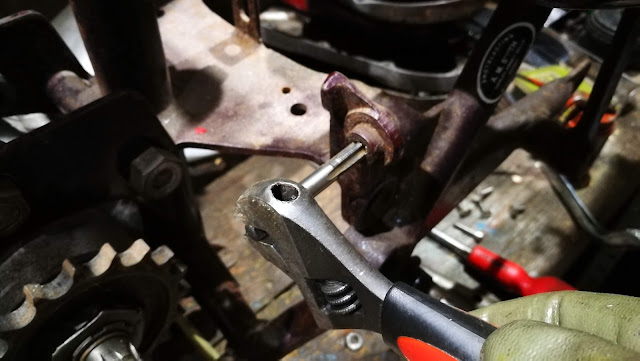Pathé News was a producer of newsreels and documentaries from 1910 until 1970 in the United Kingdom. Its founder, Charles Pathé, was a pioneer of moving pictures in the silent era.
Its roots lie in Paris when in 1896 Société Pathé Frères was founded by Charles Pathé and his brothers, who pioneered the development of the moving image. Charles Pathé adopted the national emblem of France, the cockerel, as the trademark for his company. After the company, now called Compagnie Générale des Éstablissements Pathé Frère Phonographes & Cinématographes, invented the cinema newsreel with Pathé-Journal, French Pathé began its newsreel in 1908 and opened a newsreel office in London's Wardour Street in 1910. Wardour Street, in Soho, was to become a centre of Britain's film industry. In 1958, Pathé was sold to Warner Bros. and became Warner-Pathé. Pathé eventually stopped producing the cinema newsreel in February 1970; by that time, many homes had their own or rented televisions and the days of the cinema news reel were over.
The Pathé News archive is known today as British Pathé. Its collection of news film and movies is fully digitised and available online and it's no surprise that that archive includes film of our favourite subject. You can do a search like this:
https://www.britishpathe.com/search/query/motorcycles
This famous film of Harry Perrey crossing the English Channel on a 1929 'Black' Ariel was made by Pathé and is here too:
https://www.youtube.com/watch?v=Wmbc3QSSyqA&feature=youtu.be
Harry was Competitions Manager at Ariel until 1930 and apparently, on arriving in France after a 7 hour trip, Perrey returned to dear old Blighty, on his Ariel, the same day!
In 2019, 90 years later AOMCC President Ariel Atzori will repeat the experience though in slightly warmer climes, on Lake Como during the 2019 Italian Ariel Rally.
Its roots lie in Paris when in 1896 Société Pathé Frères was founded by Charles Pathé and his brothers, who pioneered the development of the moving image. Charles Pathé adopted the national emblem of France, the cockerel, as the trademark for his company. After the company, now called Compagnie Générale des Éstablissements Pathé Frère Phonographes & Cinématographes, invented the cinema newsreel with Pathé-Journal, French Pathé began its newsreel in 1908 and opened a newsreel office in London's Wardour Street in 1910. Wardour Street, in Soho, was to become a centre of Britain's film industry. In 1958, Pathé was sold to Warner Bros. and became Warner-Pathé. Pathé eventually stopped producing the cinema newsreel in February 1970; by that time, many homes had their own or rented televisions and the days of the cinema news reel were over.
The Pathé News archive is known today as British Pathé. Its collection of news film and movies is fully digitised and available online and it's no surprise that that archive includes film of our favourite subject. You can do a search like this:
https://www.britishpathe.com/search/query/motorcycles
This famous film of Harry Perrey crossing the English Channel on a 1929 'Black' Ariel was made by Pathé and is here too:
https://www.youtube.com/watch?v=Wmbc3QSSyqA&feature=youtu.be
Harry was Competitions Manager at Ariel until 1930 and apparently, on arriving in France after a 7 hour trip, Perrey returned to dear old Blighty, on his Ariel, the same day!
In 2019, 90 years later AOMCC President Ariel Atzori will repeat the experience though in slightly warmer climes, on Lake Como during the 2019 Italian Ariel Rally.































